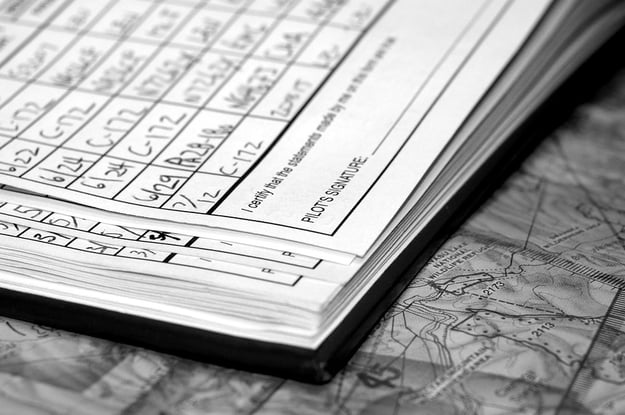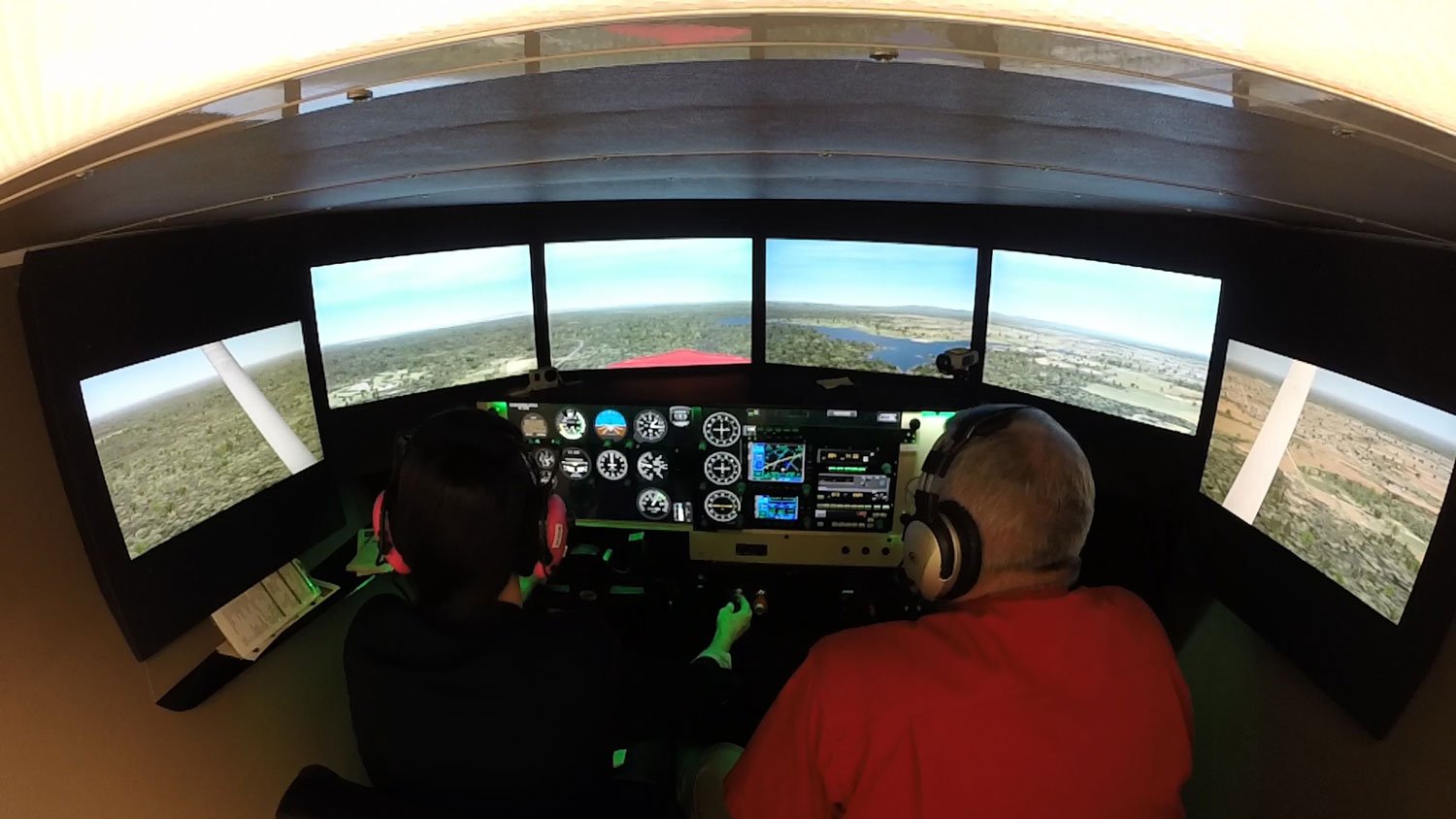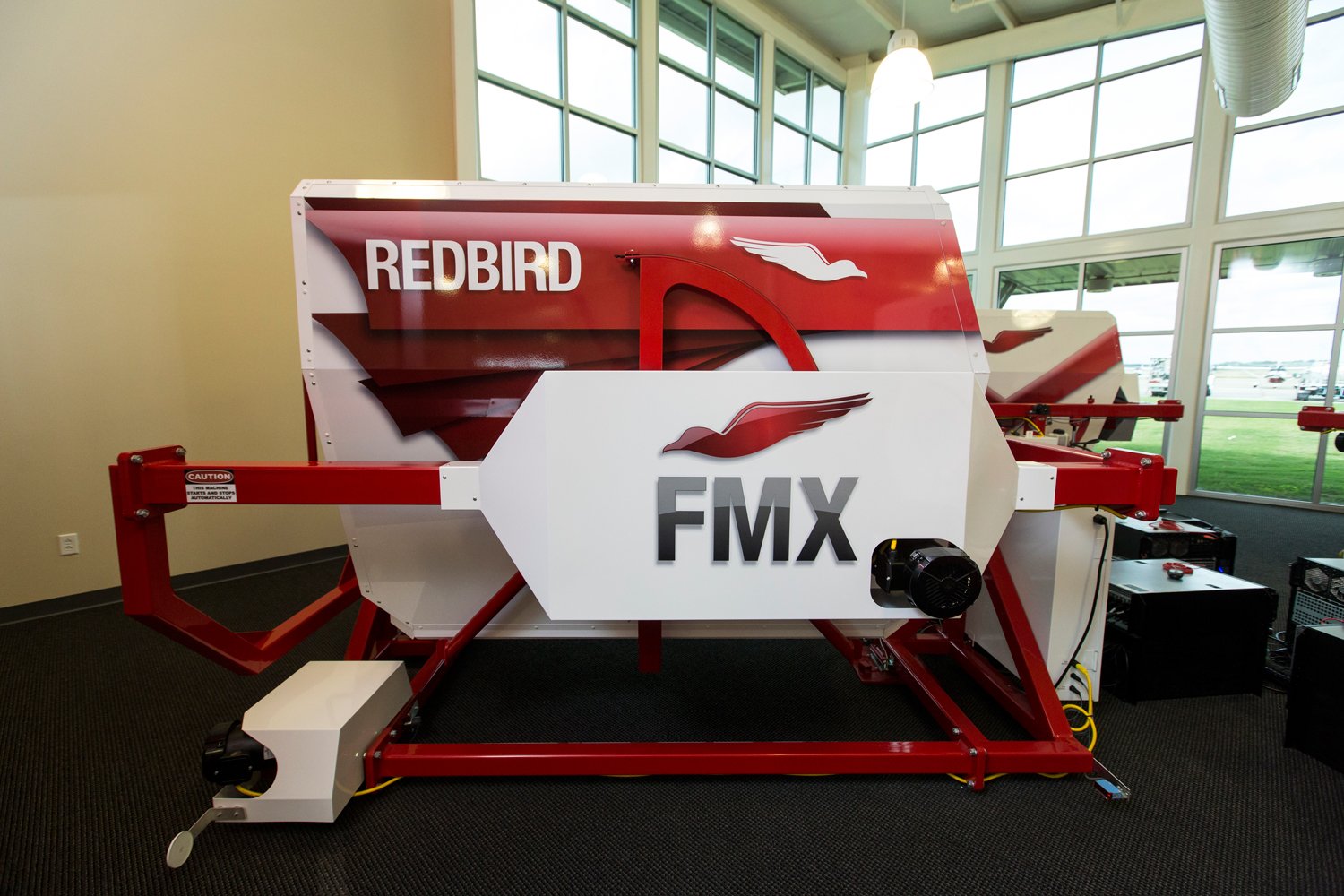Simulators are great classrooms… they are less noisy, they don’t run on expensive avgas, they never make you line up and wait to be sixth in line for takeoff, they have a pause button and allow you to repetitively practice and hone your flying skills. Simulators are the best place to learn to fly. Airplanes are the best place to demonstrate what you’ve learned. As more and more pilots discover the advantages of incorporating simulator training into their flight training journey, it can become difficult to know how to best record this type of training in your logbook, especially if it’s not an electronic logbook with infinite blank columns and auto calculations to break everything down. Below are answers to three frequently asked questions.
To start, let’s talk about simulators from the FAA perspective. Not all “simulators” are created equal. The FAA has very distinct terms and definitions that can get a little confusing. The main categories are full flight simulators (FFS), flight training devices (FTD), and aviation training devices (ATD). Typically, unless you are training at a place with multi-million dollar simulators, like Flight Safety or CAE and earning a jet type rating, you probably won’t have much access to a full flight simulator as defined by the FAA. Most flight schools and universities are equipped with ATDs. ATDs fall into one of two categories – basic (BATD) or advanced (AATD).
The top FAQs about logging time in Aviation Training Devices
Does training in an ATD count towards my total time?
ATD time is ATD time, so you should not count it (or log it) in a way that makes it look like you've turned it into time flying an airplane or PIC time. Not ever. But for many certificates and ratings, you can credit a certain amount of ATD time and count it towards your aeronautical experience. You will need to record that training time in your logbook. We recommend designating a column or columns in your logbook for simulation time and label them according to the type of device, for example, "BATD" or "AATD". Enter the simulation time in the appropriate column and any other applicable columns, such as simulated instrument, along with the date, time, device identification and remarks. Having separate columns like this can save frustration when it comes to your check ride and you need to break it all out to verify requirements and fill out IACRA.
[In an ideal world, everyone would have an electronic logbook that allows for infinite columns, so that times could be easily separated and calculated in numerous ways. Often when logging time, you have to think about how the FAA defines that time, what you'll eventually fill into IACRA, or how you might need to enter times on insurance forms or future flying job applications. And it can become quite a headache!]
As a flight instructor, can I log “instruction given” when teaching in an ATD?
When teaching in an ATD, you may log instruction given in your logbook. However, we recommend separating it out from your “flight instruction given”. And even though you are logging instruction time, instruction time in the ATD should not be included in your total flight or PIC time.
If I am performing instrument approaches to maintain my currency per FAR 61.57(c), do I need an instructor present?
No! In 2018, amendments to part 61 removed the requirement for an authorized instructor to be present to observe and sign a pilot's logbook "to verify the time and the content of the training session" [as it was previously written in FAR 61.51 (g)(4)]. Now, an authorized instructor does not need to be present for a pilot to accomplish his or her instrument currency in an ATD—regardless of whether it's an AATD or a BATD.

Share this
You May Also Like
These Related Articles

How to Log Your ATD Flight Time on the FAA IACRA 8710-1 Form

Here's What You Need to Know About the New Aviation Training Device Rules
